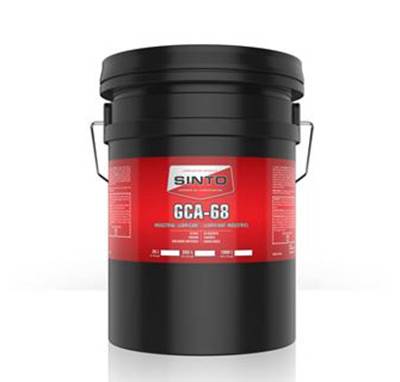Aug . 16, 2024 13:56 Back to list
Optimizing PPR Pipes for Efficient Fluid Transport in Industrial Applications
Understanding PPR Pipes A Comprehensive Overview
Polypropylene Random Copolymer (PPR) pipes have emerged as a popular choice in plumbing, construction, and various industrial applications worldwide. Known for their versatility, durability, and cost-effectiveness, PPR pipes provide an array of benefits that make them an attractive option in modern piping systems.
What are PPR Pipes?
PPR pipes are made from a thermoplastic polymer known as polypropylene. This material is created by the random copolymerization of propylene with a small amount of ethylene, leading to a product with a balanced combination of strength, flexibility, and resistance to chemical reactions. PPR pipes are typically available in various colors, although green and white are the most common.
Key Features and Advantages
1. Durability One of the prominent features of PPR pipes is their outstanding durability. They are resistant to wear and tear from corrosive substances, making them an ideal choice for transporting not just water but also various chemicals. Unlike metal pipes, PPR pipes do not rust, which prolongs their lifespan.
2. Temperature Resistance PPR pipes can withstand a wide range of temperatures, making them suitable for both hot and cold water systems. They can handle temperatures up to 95°C (203°F), which is significantly higher than many alternative piping materials.
3. Lightweight and Easy to Handle PPR pipes are considerably lighter than their metal counterparts, making them easier to transport and install. This property translates into lower labor costs and shorter installation times.
4. Jointing Techniques PPR pipes can be easily joined through heat fusion. This process involves heating the pipe and fitting surfaces, which when pressed together creates a homogeneous joint that is as strong as the pipe itself. This welding method eliminates the need for additional fittings and attachments, reducing potential leak points.
5. Resistance to Bacterial Growth Another advantage is their smooth inner surface, which minimizes the risk of bacterial growth and biofilm accumulation. This makes PPR pipes particularly suitable for drinking water applications.
ppr pipe

Applications of PPR Pipes
PPR pipes are widely used in various sectors, including the following
- Residential Plumbing They are commonly employed in residential plumbing systems, providing reliable water supply and drainage solutions. - Heating Systems Due to their heat resistance, PPR pipes are also utilized in heating systems, including underfloor heating and radiator connections.
- Industrial Use Many industries use PPR pipes for transporting chemicals and other fluids due to their corrosion resistance.
- Agriculture Irrigation systems in agriculture often incorporate PPR pipes because they can endure varying weather conditions and soil types.
Environmental Friendliness
PPR pipes are considered environmentally friendly. They are recyclable and do not release harmful substances into the atmosphere or groundwater, making them a sustainable choice for modern infrastructure.
Conclusion
In conclusion, PPR pipes represent a significant advancement in piping technology. Their durability, temperature resistance, and ease of installation make them an excellent choice for a multitude of applications. As water conservation and sustainability continue to be critical issues in today’s society, the demand for efficient and reliable piping solutions like PPR pipes is likely to grow. For anyone in need of a dependable piping system, PPR pipes stand out as a compelling option that balances performance and environmental considerations.
-
High-Quality PPR Pipes and Fittings Durable ERA PPR & PVC PPR Solutions
NewsJul.08,2025
-
Black HDPE Cutting Board - Durable, Non-Porous & Food Safe HDPE Plastic Cutting Board
NewsJul.08,2025
-
High-Quality CPVC Panel Durable HDPE & PVC Panels Supplier
NewsJul.08,2025
-
Double PE Welding Rod Supplier - High Strength, Durable & Versatile Welding Solutions
NewsJul.07,2025
-
High-Quality PVC-O Pipe Supplier Durable 75mm PVC Pipe & Connections Leading PVC Pipe Company
NewsJul.07,2025
-
HDPE Drainage Pipe Supplier – Durable & Corrosion-Resistant Solutions
NewsJul.06,2025

